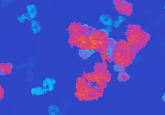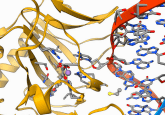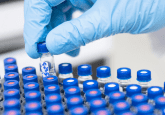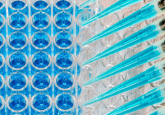Split calibration curve: an approach to avoid repeat analysis of the samples exceeding ULOQ

Background: The current practice of using calibration curves with narrow concentration ranges during bioanalysis of new chemical entities has some limitations and is time consuming. In the present study we describe a split calibration curve approach, where sample dilution and repeat analysis can be avoided without compromising the quality and integrity of the data obtained. Results: A split calibration curve approach is employed to determine the drug concentration in plasma samples with accuracy and precision over a wide dynamic range of approximately 0.6 to 15,000 ng/ml for dapsone and approximately 1 to 25,000 ng/ml for cyclophosphamide and glipizide. A wide...






